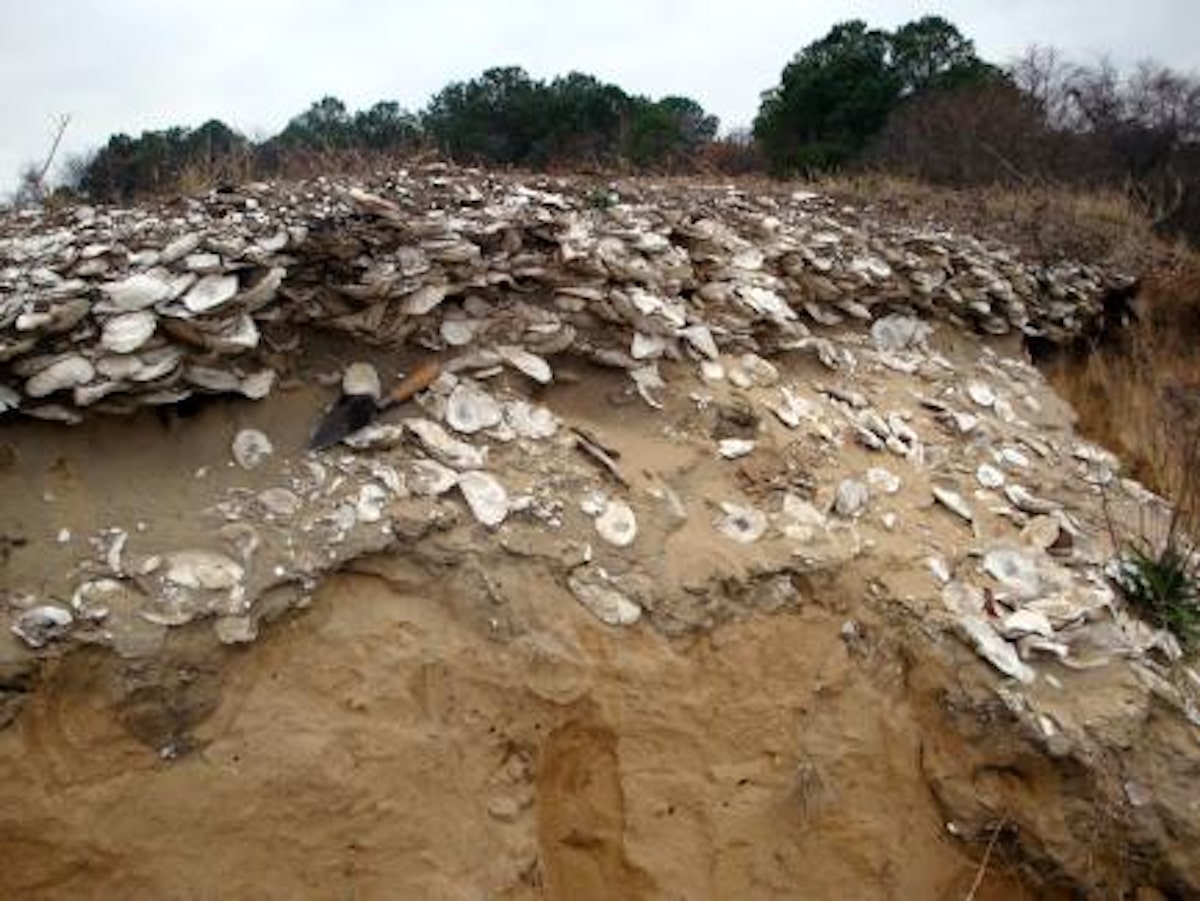Indigenous Peoples Harvested Oysters Sustainably for Thousands of Years Until Colonizers Arrived

 Why you can trust us
Why you can trust us
Founded in 2005 as an Ohio-based environmental newspaper, EcoWatch is a digital platform dedicated to publishing quality, science-based content on environmental issues, causes, and solutions.
Over thousands of years, Indigenous peoples harvested billions of oysters sustainably on the East and West Coasts of North America and on the East Coast of Australia, according to a recent global study, a press release from the Smithsonian said. It was not until the arrival of European colonizers that oyster populations began to plummet.
The study was led by anthropologist Torben Rick of the Smithsonian’s National Museum of Natural History and anthropologist Leslie Reeder-Myers of Temple University, who is a former Smithsonian postdoctoral fellow. The research team included 24 specialists in particular archaeological sites who assembled data on the oyster fisheries of the Indigenous peoples.
The findings of the research, “Indigenous oyster fisheries persisted for millennia and should inform future management,” were published this week in the journal Nature Communications.
The findings of the study suggest that the highly successful, sustainable management of these ancient fisheries could inform the restoration and management of oyster fisheries today. The researchers wrote that the descendents of the Indigenous peoples that managed them with such care should be a part of the decisions on how to manage this priceless living resource.
“Conservation today can’t just be seen as a biological question and can’t just be about undoing the environmental damage we’ve done in the modern era,” said Rick, as the press release stated. “Instead, global conservation efforts should be coupled with undoing the legacies of colonialism which brought about the attempted erasure and displacement of Indigenous people all over the world.”
The commercial fisheries of European colonizers harvested oysters in massive numbers in locations like San Francisco Bay, Chesapeake Bay and Botany Bay in Sydney, Australia, while also changing the oysters’ habitat and introducing new microbes and species that destroyed their populations.
According to Rick, the new study expands on a paper from 2004 that looked at the collapses of 28 North American and Australian oyster fisheries after the European colonists took over and commercialized them.
The researchers used the archaeological record and historical catch data to examine 16 oyster middens (heaps of millions of oyster shells) in southeast Queensland, The Guardian reported.
Some oyster middens were as high as 30 feet and were used as sacred ceremonial places, while others were smaller, possibly seasonal spaces, stated the Smithsonian press release.
The more than four-and-a-half-foot high Booral shell mound, which sits on an area of more than 1,600-square-feet, is made up of about 5.9 million oyster shells, The Guardian reported.
“It goes back 3,000 years – it is just jam packed with millions of oyster shells, showing that there was very intense harvesting of oysters in the past,” said professor Ian McNiven of the Monash Indigenous Studies Centre, as reported by The Guardian.
According to the Smithsonian press release, a midden site on Saint Helena Island near Brisbane, Australia, has about 50 million shells from over a thousand years of oyster harvests by Indigenous peoples.
“Oyster harvesting didn’t start 500 years ago with the arrival of Europeans,” said anthropologist at the University of Maine and citizen of the Penobscot Indian Nation Bonnie Newsom, who was co-author of the study, the Smithsonian press release stated. “Indigenous peoples had a relationship with and understood this species well enough to use it as part of their subsistence and cultural practices. Indigenous peoples have a lot to offer in terms of how to engage with this natural resource in ways that are sustainable.”
In Estero Bay off the Gulf Coast of Florida, Mound Key is home to about 18.6 billion oyster shells. The oysters were harvested by the Calusa Tribe of Florida’s Southwest Coast. An oyster midden called Shell Mound in Cedar Key, Florida, contains about 2.1 billion shells, while South Carolina’s Fig Island has a little less than 75.6 million. In Chesapeake Bay, some sites have about 84 million oyster shucks.
“We knew there were big sites in the southern U.S., but when we started to calculate just how many oysters were in these sites we were astonished,” Rick said, as the Smithsonian reported.
Some oyster middens in Massachusetts and California are more than 6,000 years old.
By looking at changes in the sizes of oyster shells, previous studies have been able to find evidence that Indigenous harvests in many places, though extensive, continued to be sustainable over long periods. Smaller oyster shells tended to indicate an overextended fishery. However, when looking at Indigenous oyster fisheries, the studies didn’t find a lot of evidence of shell sizes diminishing.
“The fact that there are so many oysters at archaeological sites in so many different regions is an important lesson,” Reeder-Myers said, according to the press release. “These systems have a ton of potential and huge quantities of oysters can be sustainably harvested over long time periods if the ecosystem is healthy.”
Rick expressed the hope that environmental managers and biologists pay attention to the findings of the study and that the knowledge helps others to appreciate the importance of the relationships Indigenous peoples have with tidal ecosystems.
“What this study does is it says we need to start a broader dialogue when we look to restore an ecosystem or make conservation decisions,” said Rick, as the Smithsonian reported. “In this case, that dialogue needs to include the Indigenous peoples whose ancestors stewarded these ecosystems for millennia. This broadening of perspectives can enhance biological conservation and help restore connections between Indigenous peoples and their ancestral homelands.”
Subscribe to get exclusive updates in our daily newsletter!
By signing up, you agree to the Terms of Use and Privacy Policy & to receive electronic communications from EcoWatch Media Group, which may include marketing promotions, advertisements and sponsored content.

 233k
233k  41k
41k  Subscribe
Subscribe 



